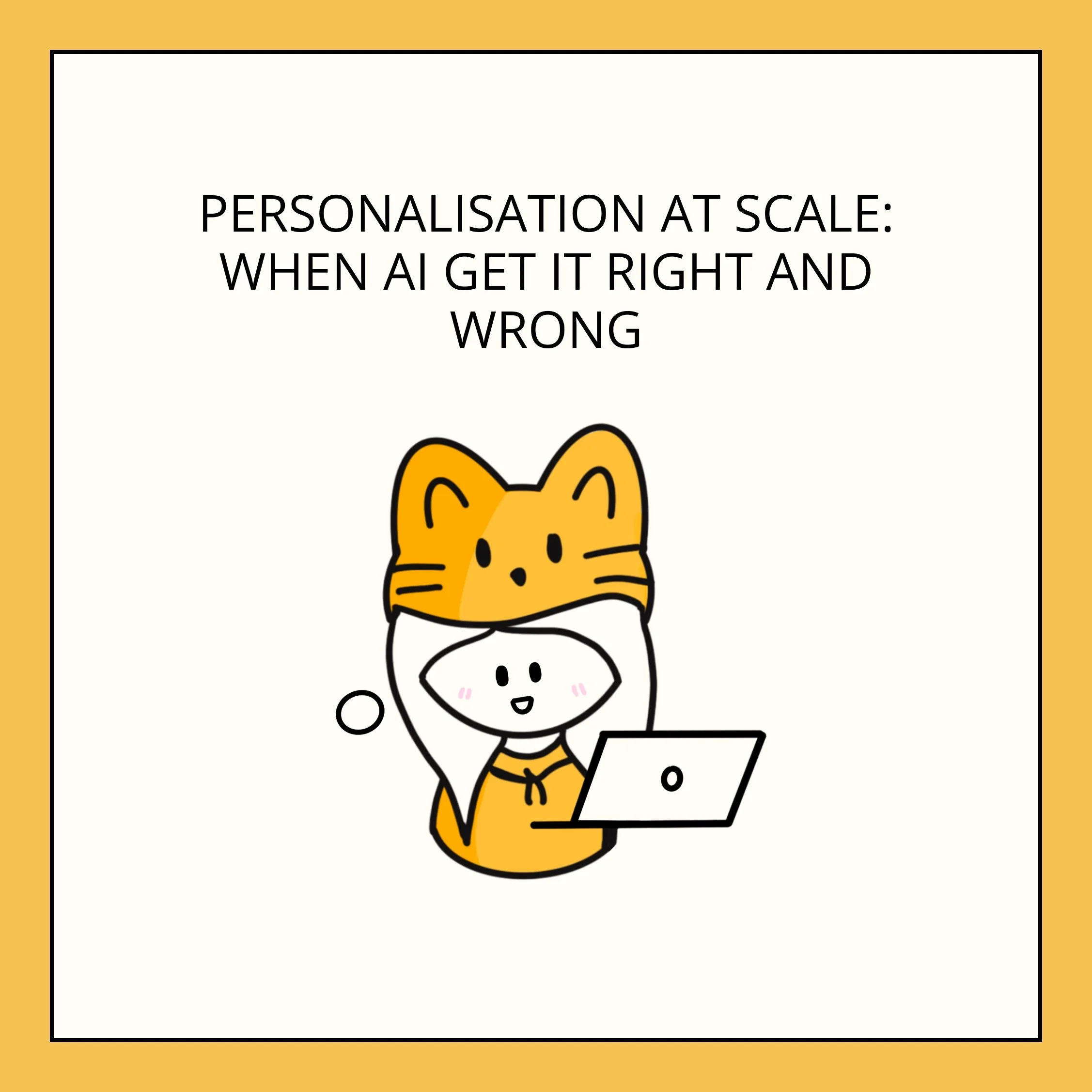5 Takeaways from Digital 2022 Global Overview Report
I will discuss the five observations that I read from the Digital 2022: Global Overview Report in this post. I hope this post will be beneficial to you.
Here are the five takeaways:
1. Virtual World
“The metaverse is here - kind of. While 87% of social media users globally may not fully understand what it is, with tech giants from Facebook to Fortnite vying to stake their claim, there's no doubt that people will soon be getting familiar with it. In this next phase of the internet, social and digital interactions will be possible in a network of open-digital worlds that we'll navigate with avatars.
In 2022, brands will need to identify how their goods and services show up to these virtual worlds.”
The world continues to grow faster than it did before the pandemic. Moreover, even before the pandemic, cryptocurrency and virtual reality existed. Do you remember the days of Pokemon GO? Recently, Facebook had renamed itself to Meta too. It has revamped its business by bringing the metaverse to life. How about the recent NFT hype? Even Walmart is joining the metaverse.
Do we know the potential of the metaverse? Could we predict the success rate of the metaverse? I am curious to find out what’s in this second world. Can we be anyone we want, and do everything we want?
2. Get acquainted with Gen Z
“Gen Z is currently the largest demographic group globally. They spend an average of 3 hours on social media per day, and social is their go-to channel for everything from entertainment and news, to shopping and messaging. These digital natives are driving where social is headed next. And even if Gen Z isn't your target audience, understanding their influence on the digital and social universe on the digital and social universe will help give your brand a competitive advantage in 2022 (and beyond).”
Gen Z is those who are born in the year 1997 - 2012. Some said 1997 - 2015. Businesses and marketers have to learn about this group. We have to study their behaviour. From my observations, this group of people are very much in touch with the trends on the internet. As the report claimed, they spend an average of 3 hours on social media. Not only that, their phone is an extension of them. They very much rely on their devices for studies, communications, shopping, etc. They have a huge influence on the digital landscape too. They are mainly on TikTok. Hence, it is very much possible that they might be more accustomed to video content. Their attention span may be shorter. Businesses and brands need to capture Gen Z attention fast and deliver their message in a short duration.
3. The Vibe Economy
“The rise of social video combined with a heightened desire for connection post-pandemic is seeing a new form of creativity move into the fore, defined by an ability to evoke emotional responses. Social has never been better equipped to do this, especially given that 30% of 18-34s say they use social with sound on more now than before Covid-19.
In 2022, brands will harness more immersive forms of media to curate moods and feelings around their services.”
We like to watch videos, be it on YouTube or TikTok. More and more videos are being uploaded onto the cloud. There are ASMR videos. There are videos that pets will dance to the beat or lyrics. I am not surprised that we will prefer to watch the content with sound on.
Other than that, the music (or sound) do improve the user experience. The music does have an impact on the consumers’ emotions and behaviour. For example, would you feel more motivated to run to the beat of a soothing piece of classical music or an upbeat pop song?
Hence, content creators will need to think hard about all the aspects of the content, the storyline, background music and even colours! All these factors do play a part in curating the correct mood and feel of a brand. It’s all about the vibe now!
4. New Materialists
“From NFTs to designer Fortnite skins, a growing number of people are seeing the value of digital goods and putting hard cash behind them, including the 33% of Gen Zers, who have invested in digital clothing. As online ownership is normalised, the status symbol is being redefined for a life lived more online.
In 2022, brands should be exploring the role virtual spaces will play in selling both physical and digital products.”
It is not the first time I heard of digital clothing. However, I am surprised by its demand and supply. Nonetheless, with NFTs and brands joining the metaverse, not only would there be virtual products. I foresee virtual showrooms being on the rise too. Due to the pandemic, some architecture companies presented their proposal using virtual spaces. The proposal allows the buyers to have a better understanding of the blueprint. Once again, it is all about the vibe.
5. Delayed Payments
“With major retailers from ASOS to Amazon launching or partnering with "Buy Now, Pay Later" initiatives, online shopping is on the brink of a new era of frictionless purchases in which delivery times grow even shorter, while actually cashing out for a product feels like a distant future. While major providers are addressing the ethics of this further normalisation of credit in their communications, this feature is set to become a mainstay in e-commerce.
In 2022, brands should work to ensure their customers are well-versed in the long-term impact of these new offerings.”
I observed several financial institutions offering “Buy Now, Pay Later” services popped out in the last few years. They brand their service as the “new paying method”.
I know of some who are on board the journey, as most of these companies offer zero interest. It caused a shift in our buying behaviour. Some, who are cash-strapped, welcome this service because they are now more willing to spend as they can split the bill over a few months. It is now easier to spend money because one might not need to own a credit card to split the payment. This greater a bigger pool of potential users, indirectly leading to higher conversion for businesses.
Then again, there is a potential social issue when more and more people spend their future money. Would more people get into debt? I am not a fan of “Buy Now, Pay Later” especially for small ticket items. I felt that it is your responsibility to know your financial situation. If a company offers such services, it has to be upfront about the terms and conditions.
What is your opinion about “Buy Now, Pay Later? Whose responsibility is it to educate the public about this service?
6. Conclusion
In conclusion, more and more brands are going to join the metaverse. Come on! There is a market for digital clothing! Consumers are hungry for novelty. We have to educate ourselves on this new world. With new technology, the public will adapt too. As marketers, we have to catch up too. Then, we can get more sophisticated with our campaigns.
x, Esther
Liked the post? Take a second to buy me a coffee.
Reference













